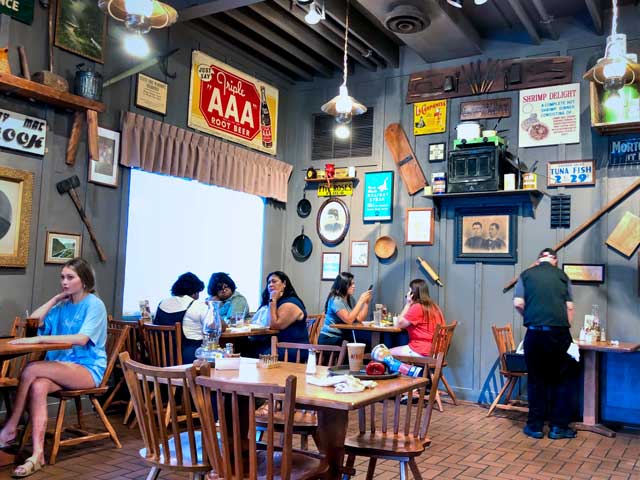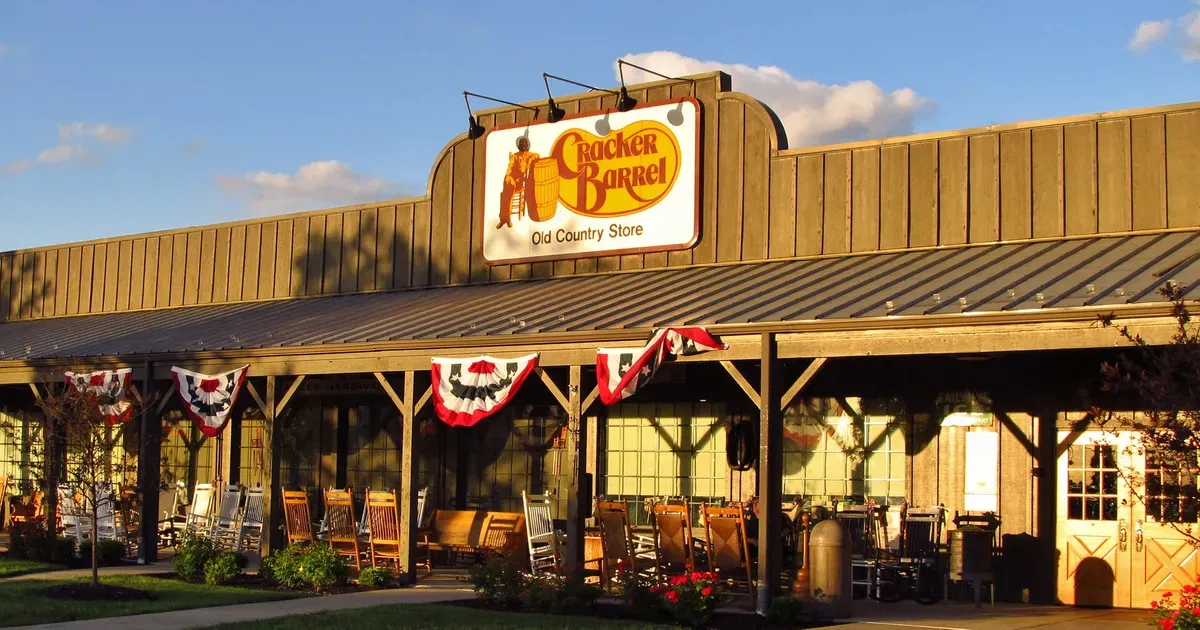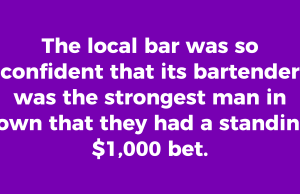
The next time you visit a Cracker Barrel restaurant, things may look and taste different.
“We’re just not as relevant as we once were,” Cracker Barrel’s new CEO Julie Felss Masino said on a recent conference call about the 55-year-old chain’s impending adjustments.
In order to refresh the brand, Masino said the company has been testing nearly two dozen new menu items in hopes of making the restaurant “more relevant to guests.”
The chain has been trying green chili cornbread, banana pudding, and other items in ten of its stores. Customer feedback has helped the business decide which goods would launch at the majority of its 660 locations.
Cracker Barrel plans to add hashbrown casserole, shepherd’s pie, premium savory chicken and rice, and slow-braised pot roast to its menu later this year.
The company also plans to make some changes to its pricing, and depending where you live it may be a good thing or a bad thing.

“We have stores in metro areas with an average annual household income of $55,000 in the same pricing tier as one with $90,000,” Masino stated.
“I want to emphasize that optimizing our price points across the menu doesn’t mean just increasing prices,” she stated. “In a few places, it may imply taking the opposite way. We appreciate that the lower-end customer is being challenged, and that value is and will continue to be a significant component of the brand, which we will actively safeguard.”

Not only will customers see a difference in the food, but their overall experience will change as well.
Masino stated that the chain intends to start a redesign featuring “a different color palette, updating lighting, offering more comfortable seating, and simplifying decor and fixtures.”
They also intend to open several other locations in fall 2025, each with a smaller footprint.

“Historically, Cracker Barrel has made limited changes to our design aesthetic, and we’ve probably relied a little too much on what was perceived to be the timeless nature of our concept.”


















